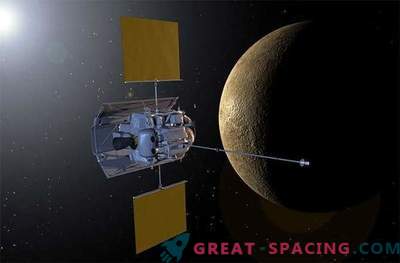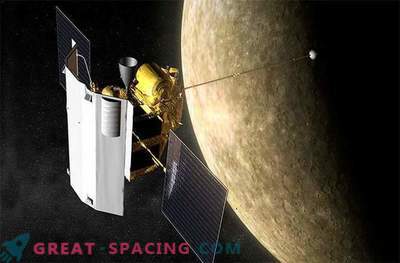
Before falling on Mercury last year, the interplanetary probe Messenger made a farewell gift to scientists.
During its last orbits, the Messenger confirmed that Mercury has a dark surface due to carbon. In addition, he discovered that this carbon was not brought by comets, as some researchers believed.
Now, on the contrary, scientists believe that we are seeing remnants of the primordial cortex. This bark, apparently formed when the ocean of warmed magma cooled and minerals formed.
Computer simulations and experiments show that most of those crystallized minerals have drowned. The only exception was graphite, which did not drown, as the study showed.
Scientists have used a tool called a neutron spectrometer on the Messenger in order to make measurements of the darkest areas on the planet's surface at low altitude. They were thought to contain the substance with the lowest reflectivity.
According to the head of the Messenger mission, Sean Solomon of Columbia University: “The measurements showed increased thermal neutron fluxes in three similar areas. We concluded that only graphite can be a darkening material. Spectral analysis and neutron measurements showed this. ” Scientists have also been able to compare carbon-rich material with huge craters, which serve as evidence that it came to the surface from the depth of the crust under the influence of external shocks.
According to Solomon, all areas of darkening on Mercury are associated with the release of material from the lower layers of the crust through huge craters to the surface.
Scientists believe that the thickness of the ancient bark was about a kilometer.
The bark of modern Mercury was exposed to impacts, covered with lava, melted and destroyed in other ways.
According to physicist Patrick Peplowski of Johns Hopkins University, such processes will destroy any original cortex. He wrote about this in an article published in Nature Geoscience.
The finding also confirms the theory that when Mercury was born, it had a higher carbon concentration than other inner planets.
“This conclusion confirms our deep conviction that Mercury was formed from a part of the early solar nebula, which by chemical composition was limited and at the same time rich in volatile compounds (for example, sulfur, sodium, potassium and chlorine), compared to parts nebulae that gave rise to Venus, Earth, and Mars, ”said Sean Solomon.











































